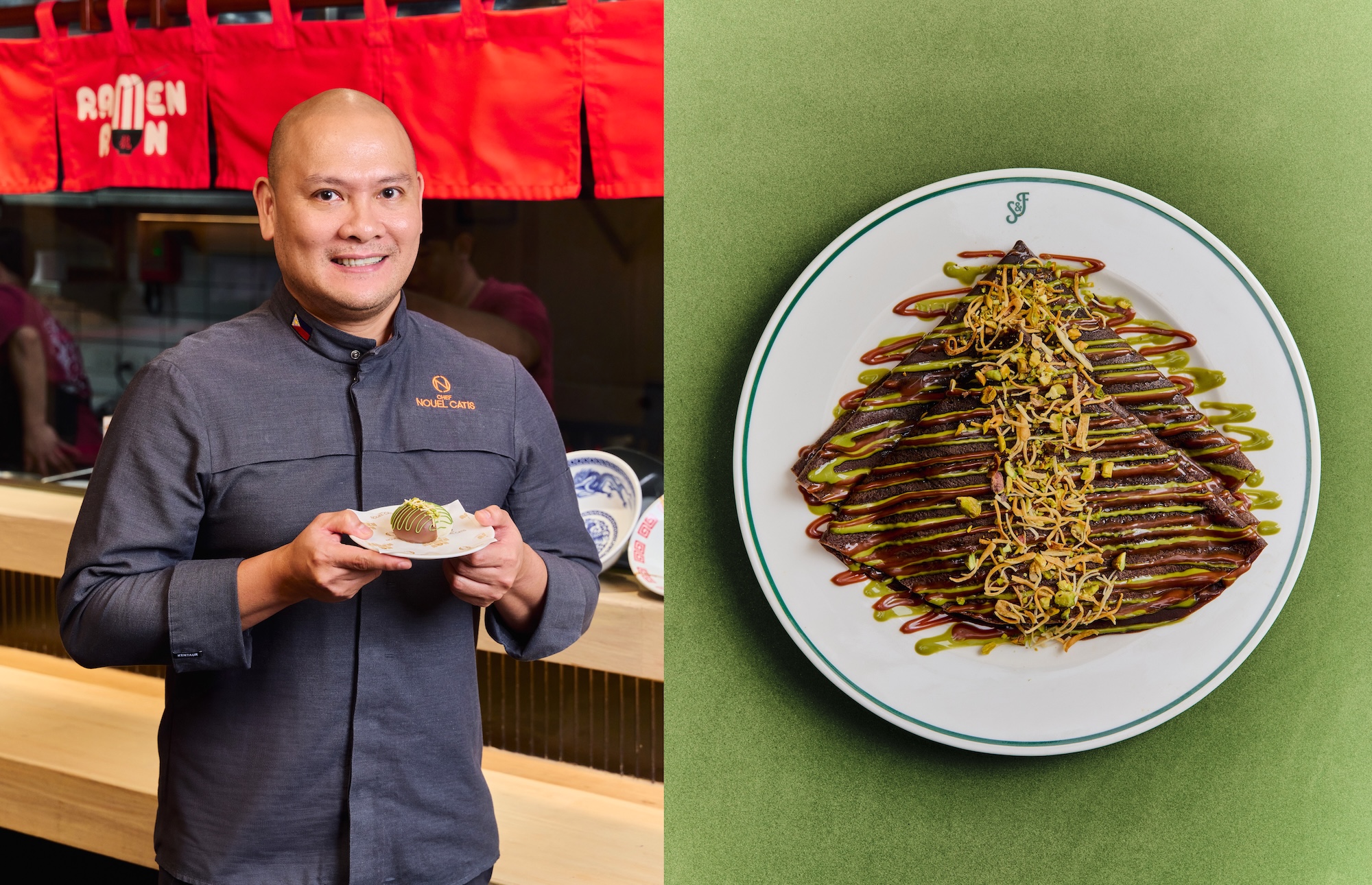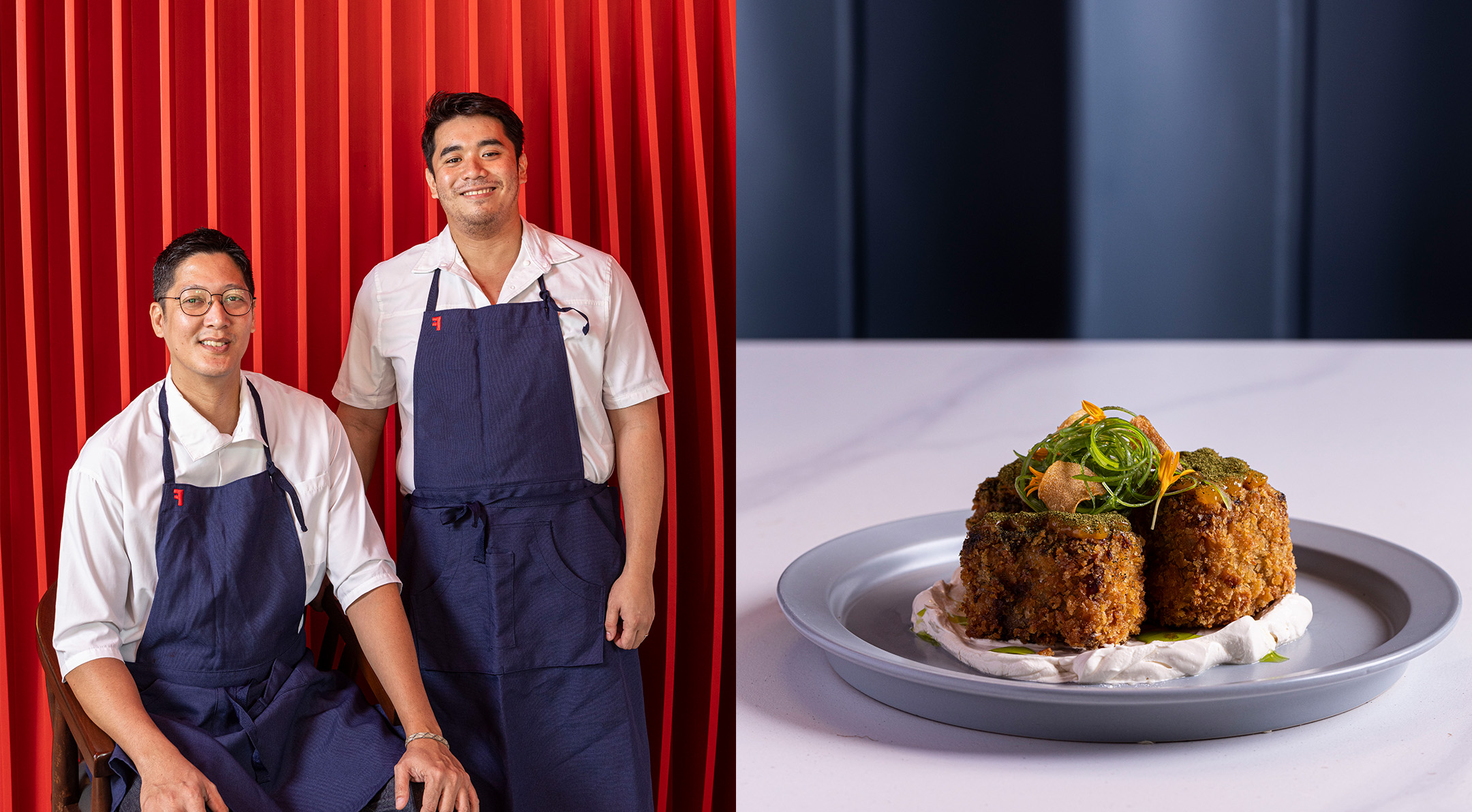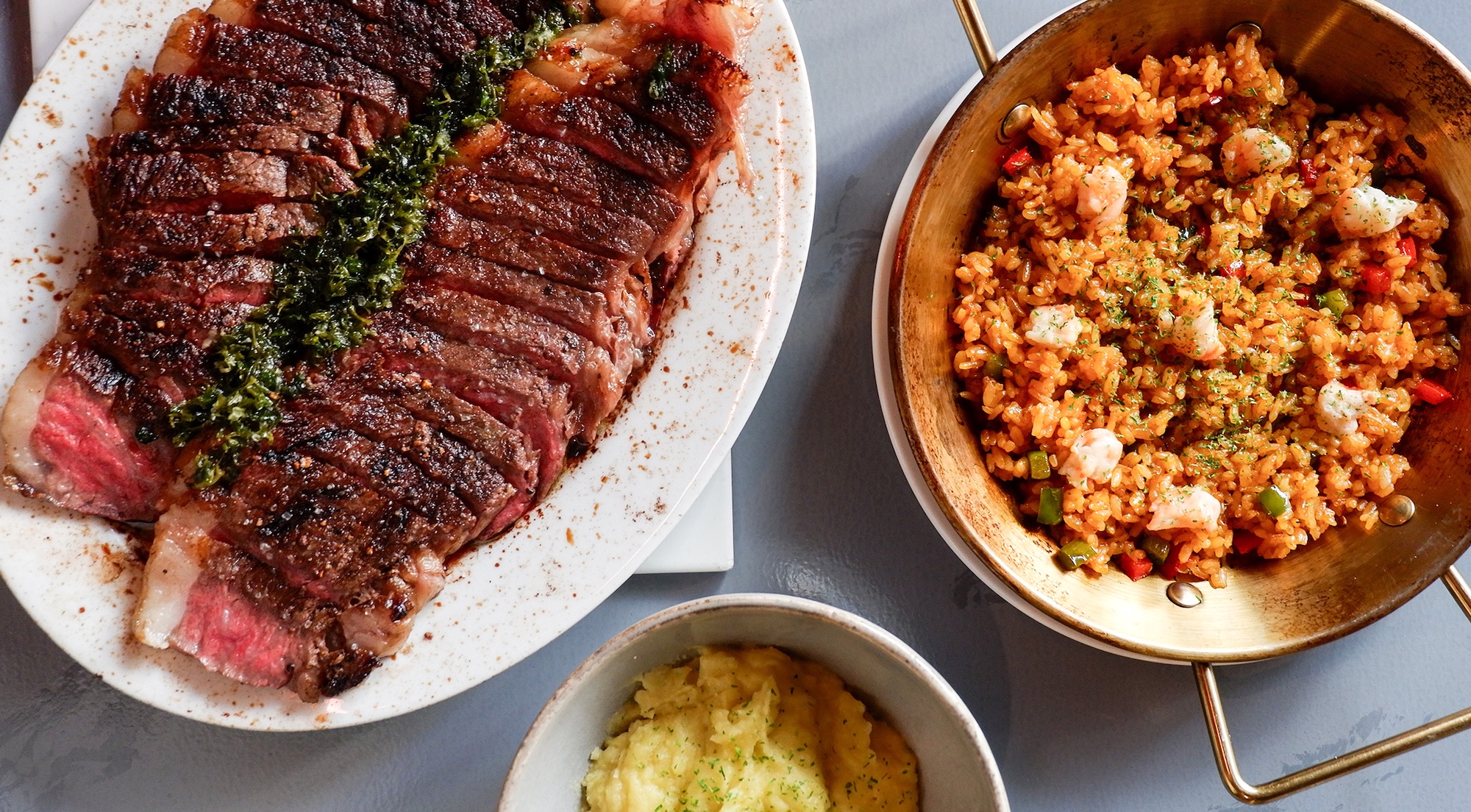It’s not an uncommon fact that meat is big in Asia but when Nick Halla, Impossible Foods’ senior vice president for international, said at this year’s Rise Conference in Hong Kong that 44 percent of global meat consumption occurs in Asia—with Hong Kong being one of the heaviest meat-consuming markets per person—each bite of morsel in the region reverberates into a chilling scenario in the future.
It’s this sort of information that can kickstart a movement, actively connecting the dots between the environment and human behavior—particularly the appetite for meat—and how seemingly normalized processes like animal agriculture as well as meat consumption could lead to severe environmental impact.
“The United Nations projects that meat consumption will increase 70 percent by 2050,” says Halla. “We’re already using 45 percent of the non ice-covered land and it just doesn’t work. Animals are creating products that people love, but they’re very inefficient. So if we want to continue to have the meat, fish, and dairy foods we love, we had to find a much better way.”
Meat made better
It’s this opportunity that gave rise to what has been making headlines among consumers looking to incorporate more plant-based alternatives to their diets in light of environmental concerns.
Impossible Foods, established in 2011 and one of the companies leading the crusade towards ending “the use of animals to make food” is the defining expression of founder Dr. Patrick Brown’s research to date. And the results of his 25 years of finding solutions to improve human lifestyle and food efficiency boils down to a plant-based source that, according to Halla, creates a food production system that uses less than 10 times the resources that industrial agriculture currently uses for animals.
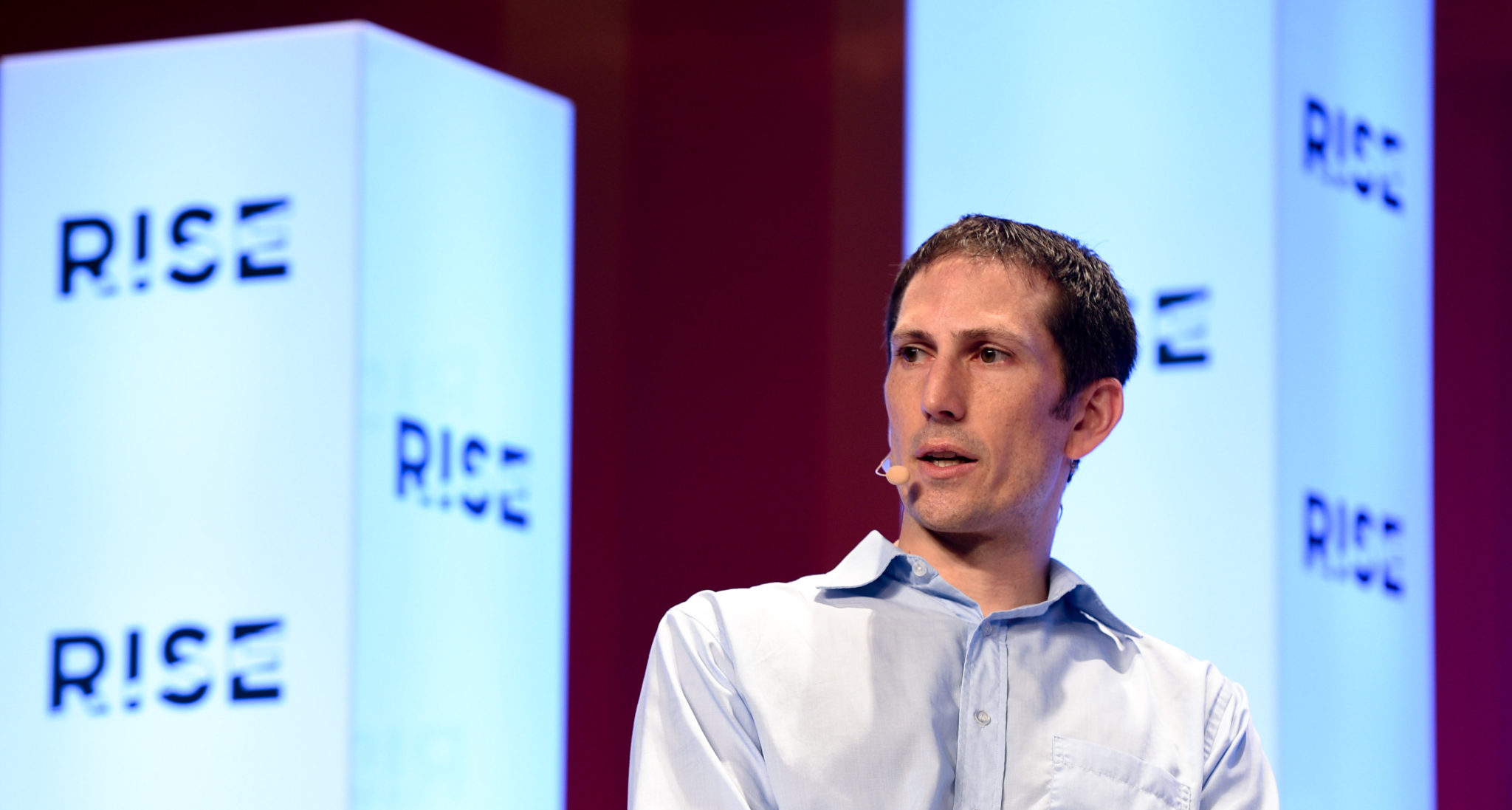
But, as Halla says, “It doesn’t matter unless we produce products that consumers like better.”
So in 2016, the company launched the Impossible Burger using ground meat made directly from plants, particularly soy leghemoglobin or heme, found in soy plants—and now yeast—with fermentation and genetic modification as the core processes to gradually scale production without harming the environment. What makes this product interesting and intriguing is that not only does heme taste like meat, it “bleeds” like real animal meat, too.
In January 2019, a new recipe dubbed Impossible Burger 2.0 was introduced, which, according to the official website, features 30 percent less sodium, 40 percent less saturated fat than the original version, and just as much protein as 80/20 ground beef from cows—one that is still quintessentially plant-based but more versatile and finds their almost 10,000 restaurant partners (including Burger King, White Castle, and David Chang’s Momofuku in the US and Beef & Liberty and Little Bao in Hong Kong, and Potato Head and Bread Street Kitchen in Singapore) in a more tempered position to push for the product.
“The good thing is we didn’t make a burger, we made ground meat. So by having that raw material, we’re already adapting to local consumers and local tastes. Now, we also know that some of the characteristics and taste profiles that we’re going to need in Asia will be different,” says Nick Halla.
In July 2019, the Food and Drug Administration approved heme as safe, which would allow Impossible Foods to sell the plant-based patties directly to consumers in US supermarkets. But the rollout of Impossible Foods and its rival Beyond Meat, which uses pea protein isolate, to the mainstream market hasn’t just been the result of addressing environmental strain but also capitalizing on a wave of lifestyle changes.
Not that the vegetarian lifestyle and clean food alternatives don’t already exist, it’s just that the emergence of these engineered plant proteins feels altogether suited and marketed for meat eaters—a trajectory that may have been Impossible and Beyond’s goal all along.
It’s not enough to have plant-based or meat-free products, the burgeoning demand necessitates them to look and taste like the real thing. Which makes “burgers that bleed” such an appealing proposition to people looking to add more plant-based protein into their diets.
https://www.instagram.com/p/Bz1GAURA8AQ/
“For us, it’s not about driving people to veganism or vegetarianism, it’s about giving products that they like better,” says Halla. “That’s how you really bring the mainstream consumers to products like Impossible [Burgers]. And we’re seeing [that] in Asia, [which is] known for a place that picks up trends very fast… our business has gone up more than forex since March 2019. And the movement behind our products is moving much, much faster than anywhere else.”
Plant power
“The future still lies in vegetables,” says Uwe Opocensky, the ideation machine and group executive chef of The Greater China Restaurant Company, which is behind the wildly popular Beef & Liberty, credited as the launching partner of the Impossible Burger in Hong Kong. “I think there will be a lot of new products on the rise, which will probably change the course slightly.”
“So now that we’ve learned how meat works, we can innovate extremely quickly,” adds Halla. “Our team is working on things, anything… steak, chicken, fish, cheese, eggs… Really anything we get from animals, the platform is designed to do.”
Originally with Mandarin Oriental, Hong Kong for nine years, the German chef’s outlook on plant-based dining, despite not being a vegan or vegetarian himself, is a result of a change in mindset when he first started thinking about sustainability 10 years ago.
“You know, it gives me more inspiration of going into that thing,” Opocensky says. “And I think when you start to realize what we do to our planet more and more and the deeper you dig, there is much more awareness of what is out there.”
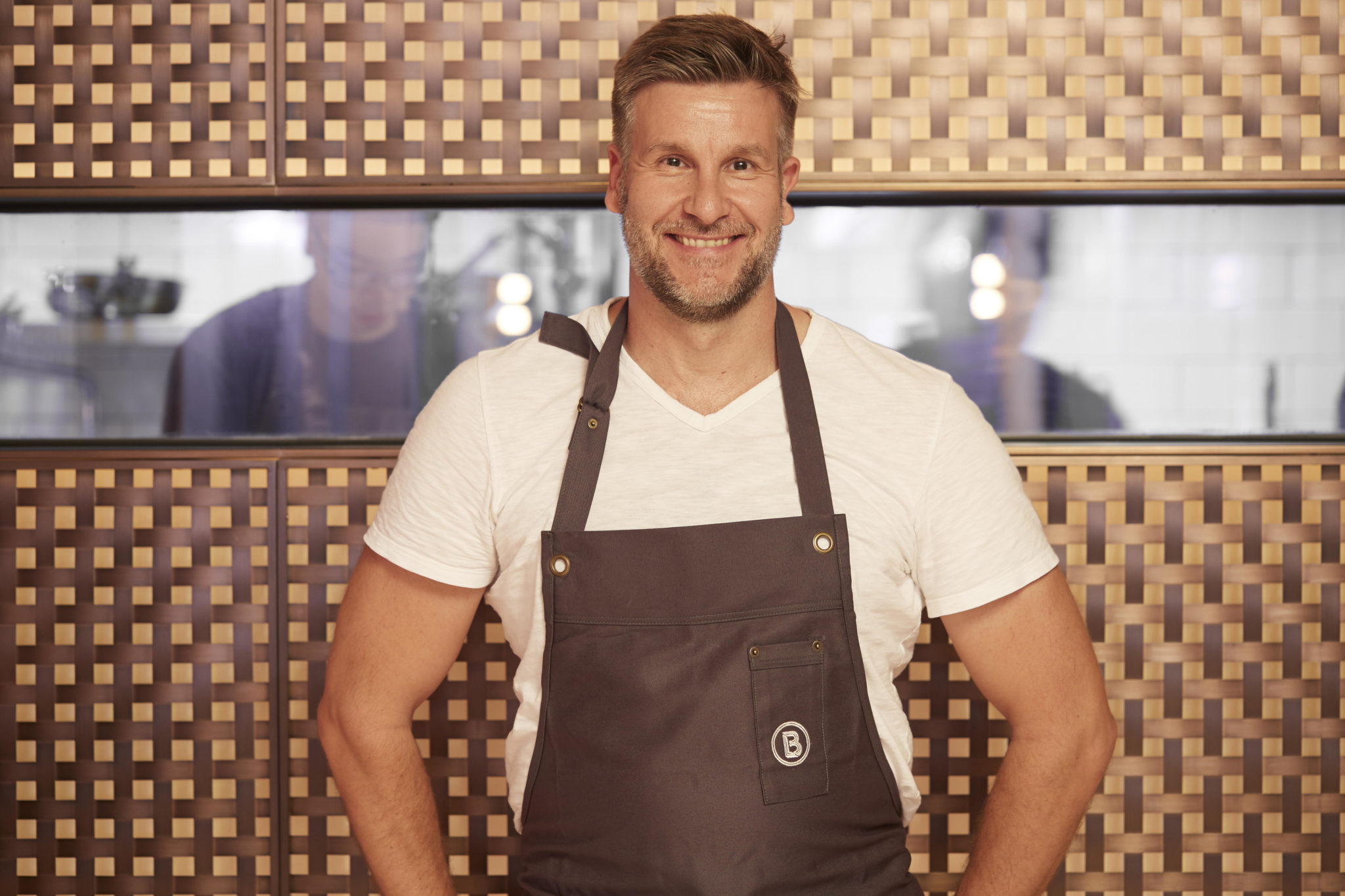
Today, Opocensky isn’t merely offering Impossible options like the Impossible 2.0 chorizo burger—punctuated with guacamole, vegan cheddar cheese, and chili—across their menus through the Leaves & Liberty sister brand, working with local farmers and producers, or injecting recycling and composting into the foodservice operations, the chef is also providing a place for people to understand sustainability through a willingness to experiment with what he calls a new product with its own unique identity rather than a replacement to animal meat.
And like what Halla said, it’s important to initiate the conversation and drive home the point in Asia where a huge chunk of the global meat consumption transpires. In a 2011 Food and Agriculture Organization Corporate Statistical Database report, China, Japan, Vietnam, and India were listed as four of the largest meat consumers in the world but further analysis and survey from thinktank Chatham House found that there was a readiness to alter meat and dairy consumption behaviors, which is a contributing factor to global warming, in emerging economies such as China and India.
“Whatever you do, when you disrupt the market, there’s always going to be a lot of people who will say, ‘Well, you know, is this really good for you?’” says Uwe Opocensky.
“So global meat consumption, meat, fish, and dairy is more than a $1.5 trillion dollar industry and investors are seeing that,” says Halla. “They’re seeing consumers look for better choices—better tasting, better for the environment, better for themselves. It’s really a global movement that’s just getting started.”
Business sense
As the movement continues to grow and evolve across the US, Singapore, Hong Kong, and Macau, so too in Manila where Los Angeles-based meat substitute producer Beyond Meat has flexed its intention and ideas when their Beyond Burger and Beyond Sausage were launched in Grand Hyatt Manila then subsequently at other hotels and more recently at Sweet Ecstasy.
While it’s hard to gauge local demand, reports from overseas indicate that the plant-based meat alternative market is accelerating at a pace with which even Impossible Foods and Beyond Meat are having trouble keeping up with.
Beyond Meat felt the surge in 2017 and 2018 tells CEO Ethan Brown to CNN Business as possibly a result of the health risks associated with meat consumption. In April 2019, Impossible Foods experienced a shortage. Market research firm Euromonitor International even forecasts a “$2.5 billion retail market for meat substitutes in the United States.”
That the infinite possibilities, staying power, and market growth opportunities of plant-based proteins are real brings another question to the fore: Does it make good business sense to adopt a meat and no-meat approach?
Acutely aware of the pricing issue, Nick Halla acknowledges that it’s important to be competitive and “to build a business that can have a margin and scale” but it will naturally come as the infrastructure for the value chain gets built.
“Having that alternative means a lot to consumers,” tells Christina Donahue, president of US purchasing group organization for restaurants Dining Alliance, to Forbes. “It’s something that gives restaurants a more premium feel. That will help them bring in more customers.”
For Opocensky, it is a chance for chefs and restaurateurs to expand their customer base; but he also believes that it’s still a very personal view. “It’s definitely a step in the right direction,” he says. “Business sense depends on how good you are and what you do and how you make it.”
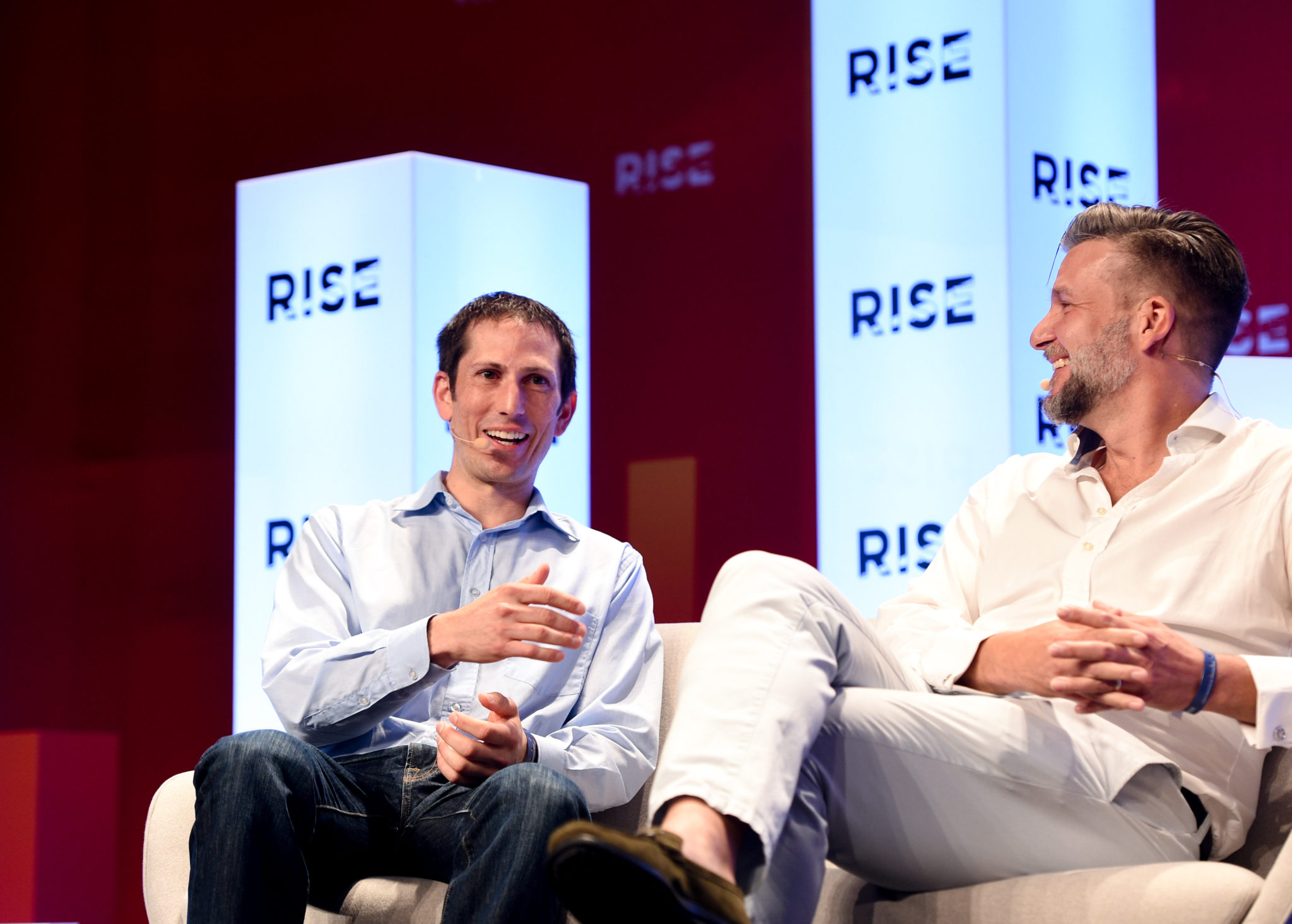
That said, it doesn’t mean adding plant-based options to the menu would automatically translate to profits. Factors like pricing, nutritional values, production scaling, and resistance from the meat industry are all hurdles that Impossible Foods and Beyond Meat are well aware of. Sweet Ecstasy’s Al Galang disclosed to Nolisoli that their Beyond Burger, which retails for P500, doesn’t drive revenue because the ingredients are expensive.
Acutely aware of the pricing issue, Halla acknowledges that it’s important to be competitive and “to build a business that can have a margin and scale” but it will naturally come as the infrastructure—they’ve raised a little over $750 million from investors—for the value chain gets built.
“As we continue to scale [and as] we’re so much more efficient than a cow, our price will keep coming down and will be much more cost-effective over time.”
“If the plant-based protein [industry] will get their volumes, they’re required to be very aggressive in terms of pricing,” says Opocensky. “That will put a huge pressure on meat production.” But research supports new behavior that consumers are willing to pay more for healthier foods or products that are better for animal welfare.
https://www.instagram.com/p/B0E-eMSgVO9/
That said, even if the pricing problem is solved, the path for a plant-based future is still fraught with criticism from purists and nutritionists, owing to the processed nature of these products. The promise of plant-based proteins to a carnivorous culture also lights asterisks and question marks.
“Even though these are vegetarian, it’s not the same. It’s not like you’re actually eating vegetables. They’re processed vegetarian products,” told registered dietitian nutritionist and spokeswoman of nonprofit organization Academy of Nutrition and Dietetics Robin Foroutan to Huffpost.
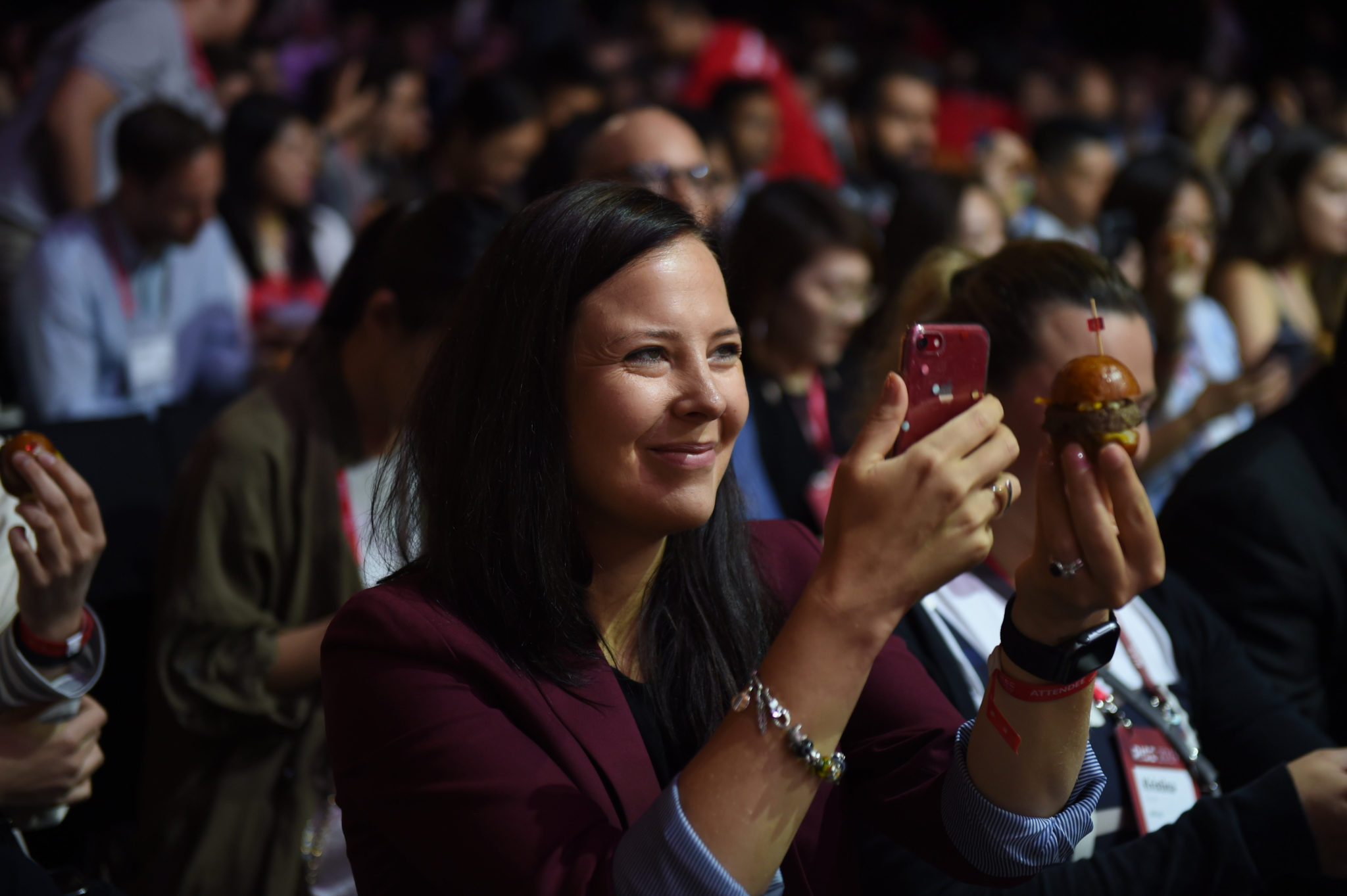
“There’s a lot of good food processing and there’s also a lot of really bad food processing,” says Halla about the skepticism towards Impossible. “And so for us, [we] look at this from a nutritional standpoint along with the environmental mission that we have and the deliciousness that we need. Everything goes through a process before it gets to a consumer and we have built a process that is very transparent.”
That is looking more feasible with constant developments being made to the original Impossible recipe. A quick glance at the Impossible website indicates the nutrition facts—including 19 grams of protein, 14 grams of fat, and zero cholesterol—per 113 gram serving.
Still, much of the success of plant-based proteins rests on the ability to respond to consumer challenges and critical questions, which are all instrumental in propelling the plant-driven culture forward.
“There’s a lot of good food processing and there’s also a lot of really bad food processing,” says Nick Halla about the skepticism towards Impossible. “And so for us, [we] look at this from a nutritional standpoint along with the environmental mission that we have and the deliciousness that we need.”
“We have to get to the point where we can outperform a cow or chicken on quality, taste, and nutrition. And we’re essentially there,” says Halla. “Now we are going to only get better and better, and that gap is going to drive more and more consumers to switch.”
After that? It might be an entirely new prototype that whets the appetite of these tech-based companies. So, instead of dessert, consumers will have to leave more room for surprises.





